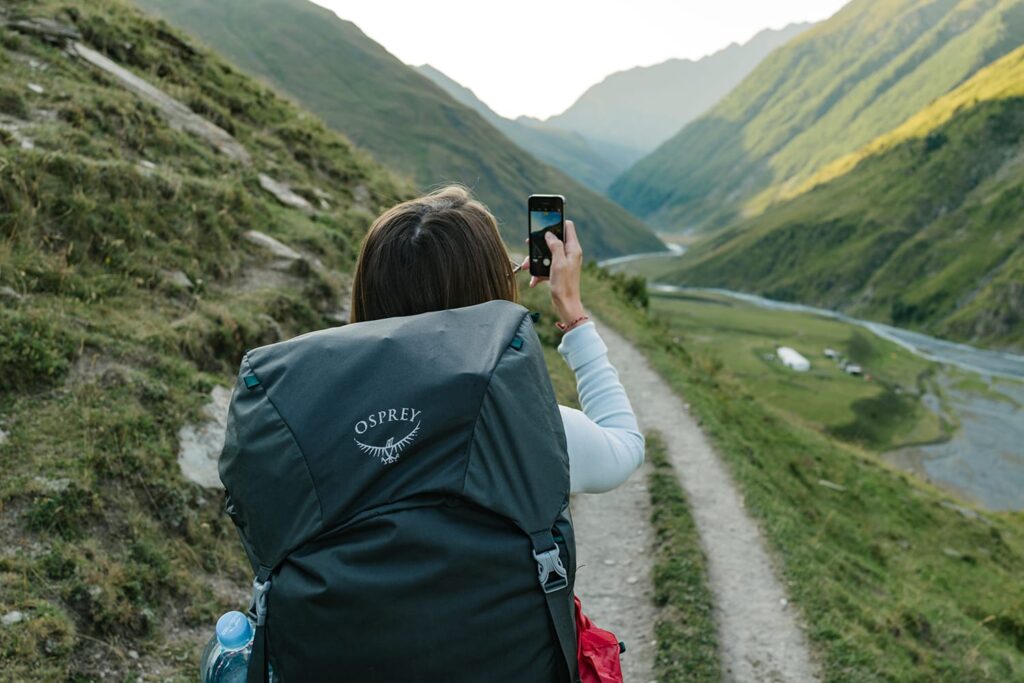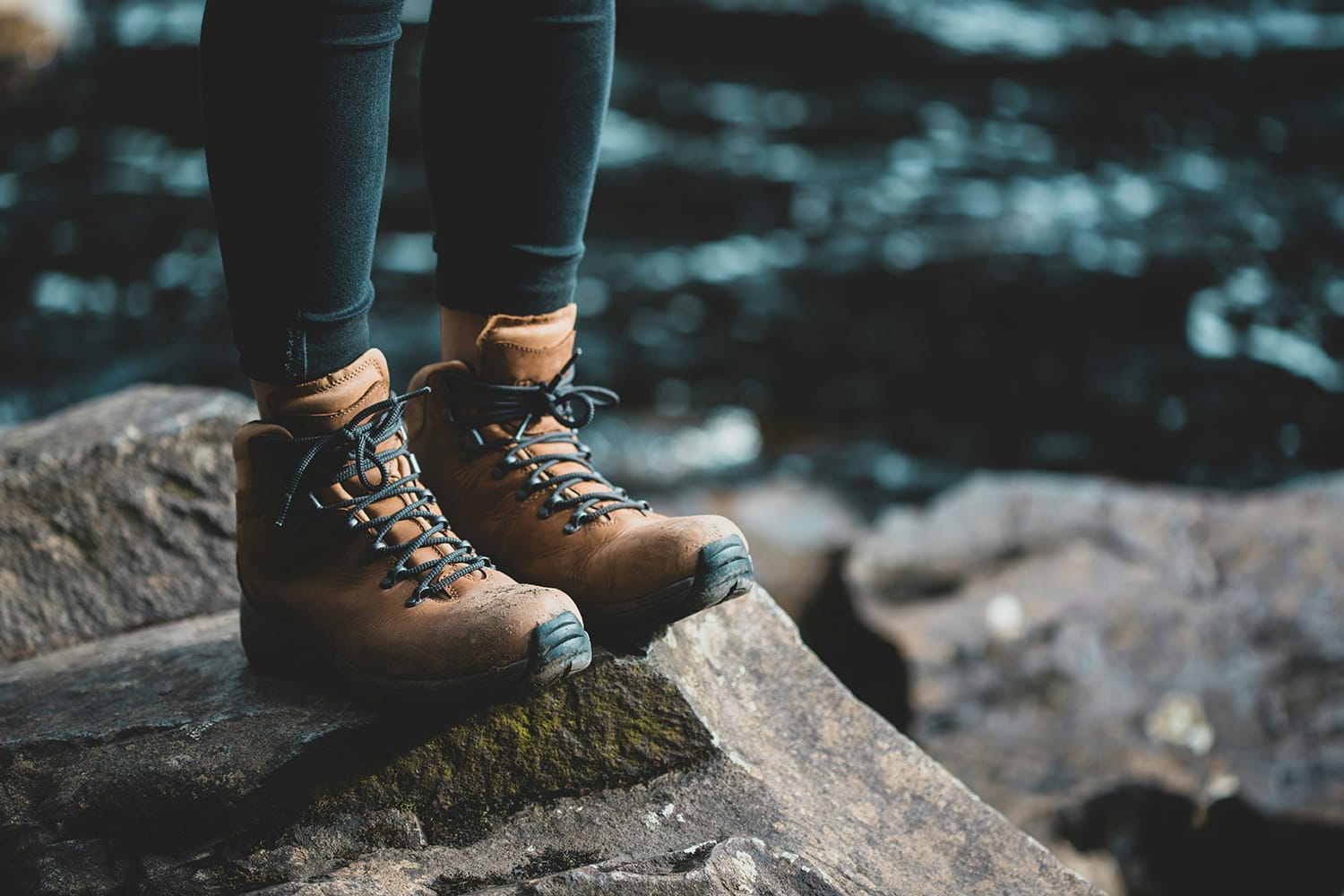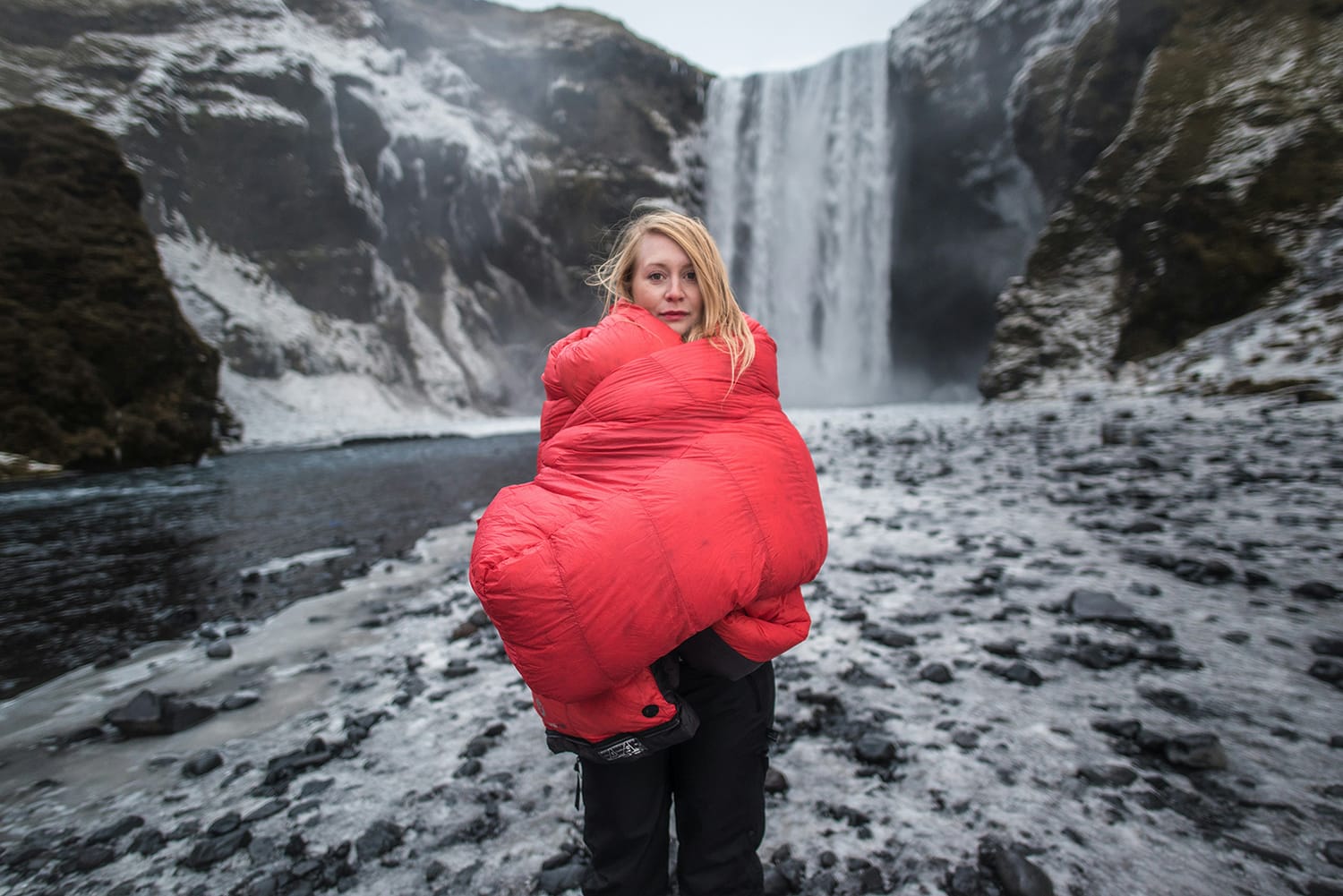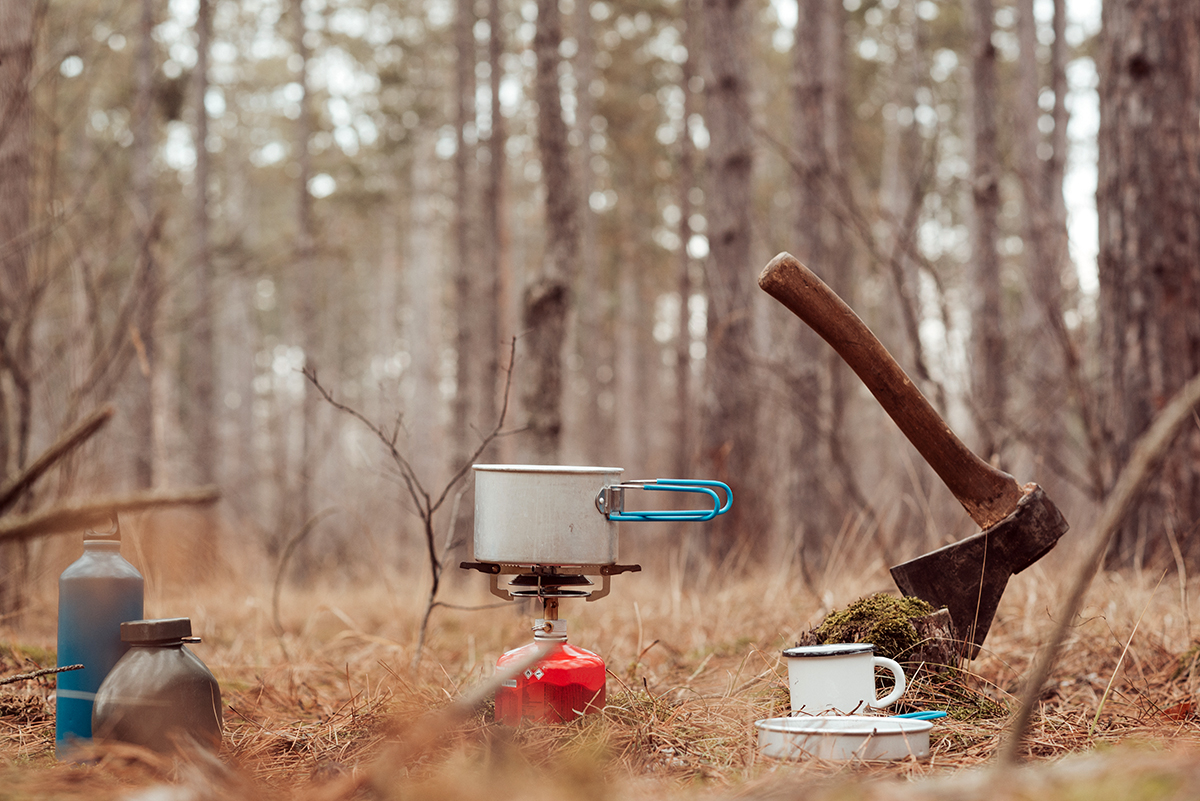Base Weight Defined
In the world of backpacking, base weight is a critical concept that can make or break your outdoor adventure. Put simply, base weight refers to the weight of all the gear and equipment in your backpack, excluding consumables. Consumables, such as food, water, and fuel, diminish as you use them throughout your journey, making them a variable component of your overall load. Base weight, on the other hand, provides a stable reference point for assessing the weight you carry.
What’s Included in Base Weight?
Base weight comprises various gear and equipment categories:
- Shelter: This category includes your tent, tarp, or hammock system, along with essential stakes and guylines.
- Sleeping System: Your sleeping bag or quilt, sleeping pad, and any extra insulation layers needed for warmth.
- Backpack: The weight of the empty backpack itself.
- Clothing: Any additional clothing layers you pack, such as a rain jacket, extra socks, or a warm hat (excluding the clothes you’re wearing).
- Cooking Gear: This category encompasses your stove, cookware, utensils, and food bag.
- Hydration: Items like your water filter or purification system, water bottles, or a hydration reservoir (excluding the water inside).
- Navigation: Maps, compass, GPS, or other navigation tools.
- Miscellaneous Gear: This includes essential items like a headlamp, multi-tool, first-aid kit, repair kit, and personal hygiene items.

Why Base Weight Matters
Reducing your base weight is a fundamental goal for hikers and backpackers, and it yields several advantages:
- Reduced Physical Strain: A lighter pack is easier to carry, minimising fatigue and physical strain during long hikes.
- Increased Mobility: With a lighter load, you can cover more ground and explore further, enhancing your backpacking adventure.
- Enhanced Comfort: Less weight means less discomfort, allowing you to immerse yourself in the natural surroundings and focus on the experience.
Achieving an Ideal Base Weight
To reach your ideal base weight, you need to make thoughtful choices about your gear and equipment. Here’s how you can achieve this:
- Evaluate Each Item: Review every item you plan to carry and assess its necessity and weight. Consider lighter alternatives for essential items.
- Choose Lightweight Gear: Invest in lightweight, high-quality backpacking gear, such as tents, sleeping bags, and cookware. Modern materials and designs can significantly reduce equipment weight without sacrificing functionality.
- Multi-Purpose Items: Opt for gear that serves multiple purposes. For instance, a multi-tool can replace several individual tools, reducing overall weight.
- Minimise Redundancy: Avoid carrying duplicate items or excessive clothing. Plan your clothing and equipment based on the expected weather and terrain.
- Consider Ultralight Techniques: Explore ultralight backpacking techniques, which emphasise reducing weight at every opportunity. This might involve trimming toothbrush handles or using lighter cooking methods.
- Regular Gear Shakedowns: Before each trip, lay out all your gear and evaluate if you can eliminate or replace any items to reduce your base weight further.
- Test and Adjust: Experiment with your gear choices on shorter trips or weekend hikes to assess their performance. This allows you to fine-tune your packing list and identify any necessary adjustments.
- Personal Preferences: It’s crucial to strike a balance between reducing base weight and maintaining comfort and safety. Your ideal base weight may vary depending on your personal preferences and the specific conditions of your trip.

Calculating Your Base Weight
Determining your base weight is a straightforward process and involves adding up the weights of all your backpacking gear and equipment, except for consumables like food, water, and fuel. Here’s a step-by-step guide:
- Gather Your Gear: Lay out all the gear and equipment you plan to take on your backpacking trip, including your backpack, tent, sleeping bag, clothing, cookware, and more.
- Weigh Each Item: Use a digital kitchen scale or a luggage scale to weigh each item individually, rounding the weights to the nearest ounce or gram for accuracy.
- Create a Gear List: Utilise tools like lighterpack.com to create a list of all the items you’ve weighed, along with their respective weights. Organise the list by category, such as shelter, sleep system, clothing, cooking, and miscellaneous. The total weight is your base weight.
In conclusion, achieving an ideal base weight is a fundamental aspect of successful backpacking. By carefully selecting lightweight gear and making thoughtful choices about what you carry, you can enhance your backpacking experience and create enduring memories of your outdoor adventures.






